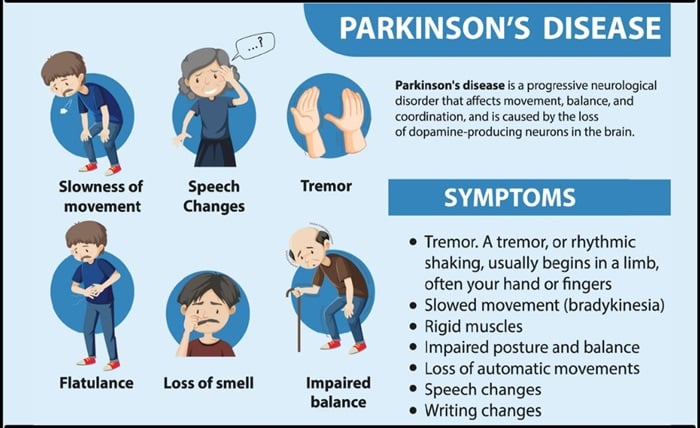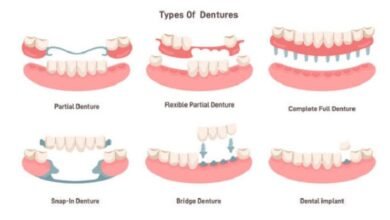Living with Parkinson’s: How to Identify and Manage Key Symptoms

Parkinson’s disease (PD) is a progressive neurological disorder characterised by a variety of motor and non-motor symptoms. These can impact daily life, which makes it difficult to manage. While the condition is chronic and without a definitive cure, recent research has made strides in understanding and managing symptoms.
Treatment often includes medication, physical therapy, lifestyle changes, and innovative therapies. Laser light therapy for Parkinson’s disease has gained attention for its potential to alleviate some symptoms and improve quality of life. In this article, we will understand the different systems and the ways to deal with them.
Recognising and Managing Motor Symptoms
Tremors are perhaps the hallmark symptom, often beginning in one hand or foot and spreading. These involuntary shakes, typically rhythmic, can make daily tasks challenging. However, some patients find additional relief with non-pharmacologic treatments like exercise programs focusing on muscle control and balance. Muscle stiffness or rigidity is another motor symptom affecting many people with Parkinson’s. This can manifest as muscle tightness, restricting flexibility and causing discomfort.
Physical therapy that includes stretching and strength-building exercises may reduce stiffness. Bradykinesia, or slow movement, can impact routine activities and make simple tasks feel laborious. Individuals may experience reduced arm swing when walking, shuffling steps, and a general reduction in agility. Strengthening exercises like walking, cycling, or even dance therapy help combat these limitations.
Non-Motor Symptoms: Identification and Treatment Approaches
Sleep disturbances are common in PD, ranging from insomnia to vivid dreams and daytime fatigue. Establishing a consistent sleep routine, engaging in relaxation exercises, and using medications or supplements as directed by healthcare professionals can help manage these issues. Some patients have reported improved sleep with innovative therapies, including specific laser treatments.
Cognitive changes, including memory difficulties, slowed thinking and decreased problem-solving ability, may develop as PD progresses. Mental exercises, cognitive therapy, and brain-stimulating activities can help maintain cognitive function. Many healthcare providers recommend a Mediterranean diet rich in omega-3 fatty acids and antioxidants, as this diet has been associated with better brain health in ageing populations.
Mood disorders such as depression and anxiety are also common non-motor symptoms in Parkinson’s. Therapy options include antidepressant medications, counselling, and supportive group therapy. Physical exercise has been shown to improve mood in people with PD, likely due to endorphin release and improved physical condition.
Innovative Therapies in Parkinson’s Disease
Several emerging therapies have shown promise in addressing both motor and non-motor symptoms of PD. Among these, laser light therapy for Parkinson’s disease has gained attention. This therapy involves using specific wavelengths of light to increase cellular energy levels and promote neuroprotection, which may alleviate some symptoms. While the exact mechanisms of laser light therapy are still under investigation, some studies suggest it can positively affect motor function and may even reduce inflammation in the brain. When combined with traditional treatments, laser light therapy may provide added symptom relief for some individuals.
Lifestyle Adjustments and Support Systems
Effective Parkinson’s management goes beyond medication and therapies; lifestyle changes play a vital role. Regular exercise tailored to individual abilities is beneficial in maintaining motor function, reducing stiffness, and improving mood. Activities like yoga, tai chi, and swimming are particularly suitable as they promote balance, coordination, and strength.
Support networks, including friends, family, and support groups, offer essential emotional and practical assistance. Connecting with others who understand Parkinson’s challenges can reduce feelings of isolation and provide valuable insights into managing symptoms. Many organisations and online communities offer resources and opportunities for individuals and their families to connect and share experiences.
Parkinson’s disease is a multifaceted condition requiring a multidimensional approach. Recognising symptoms early and seeking medical guidance enables individuals to begin a treatment plan that may slow progression and enhance quality of life. A variety of treatments are available, from medications to innovative options like laser light therapy for Parkinson’s disease. Additionally, lifestyle modifications and supportive care can substantially improve well-being and empower individuals to lead fulfilling lives despite Parkinson’s.





